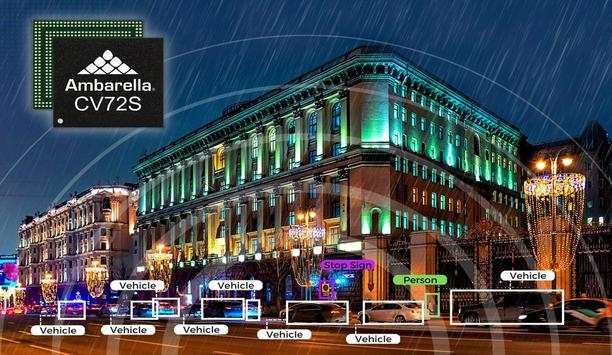Jérôme Gigot

Jérôme Gigot
Senior Director, Marketing, Ambarella, Inc.Jérôme Gigot is the senior director of marketing for AIoT at Ambarella. He leads the company’s product definition, go-to-market strategy, and customer support for a variety of applications, including security cameras, access control systems, videoconferencing, consumer devices, and industrial robots. An engineer at heart, he enjoys being at the forefront of the latest developments in AI and working with customers and partners to apply the latest and greatest technology to practical yet innovative use cases. Prior to Ambarella, Jerome held multiple engineering, marketing, and management positions in the embedded video field at Maxim, LSI Logic, FVC.com, and C-Cube. He holds MSEE and BSEE degrees in Telecommunications from ENST Bretagne in France and currently resides in Silicon Valley.
Articles by Jérôme Gigot
Where are video surveillance cameras headed? At the core of next-generation Internet Protocol (IP) cameras are advanced chips with artificial intelligence (AI) at the edge, enabling cameras to gather...
News mentions
When it comes to security cameras, the end user always wants more—more resolution, more artificial intelligence (AI), and more sensors. However, the cameras themselves do not change much from ge...
A new generation of video cameras is poised to boost capabilities dramatically at the edge of the IP network, including more powerful artificial intelligence (AI) and higher resolutions, and paving th...
Ambarella, Inc., an AI vision silicon company, announces that it will demonstrate its new robotics platform during CES 2020. Based on Ambarella’s CVflow® architecture, it targets automated g...
Ambarella is a big player in the video surveillance market, but not a familiar name to many buyers of security cameras. They don’t make cameras, but they make the computer chips inside. Founded...





































